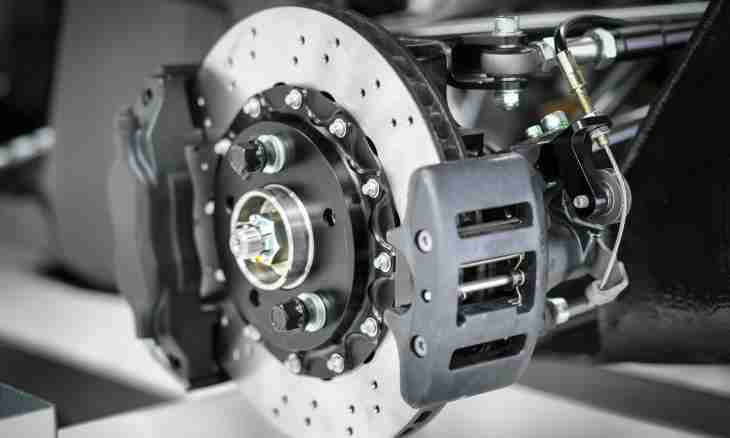The brake way is a distance from the beginning of braking to a full stop of the car or other type of transport. It can be various depending on speed, the mass of the car, type of a covering on which it moves. All this needs to be considered when calculating.
It is required to you
- - speedometer or radar;
- - tables of coefficients;
- - calculator.
Instruction
1. Braking is made due to increase in friction force which, performing negative work, reduces vehicle speed. In ideal option, considering that work goes for change of kinetic energy of a body, receive a ratio in which the brake way of S is equal to v speed square relation, to the doubled value of acceleration of gravity g≈10 of m/s² and friction coefficient about the surface of the road μ (S=v² / (2 ∙μ ∙ g)). At the same time it is not considered the mass of the car, and coefficient of friction changes depending on weather conditions, quality of tires and type of a paving. When calculating it is necessary to take the car speed which it had at the time of the beginning of operation of the brake system. It is possible to measure it by means of a speedometer or the radar.
2. In real life the formula removed in the practical way is applied to definition of a brake way of the car. To define a brake way of the car, brake coefficient of car K, increase by a square of its speed at the time of the beginning of braking of v. Divide the received number into 254 and coefficient of f which characterizes extent of coupling with expensive S=K∙v² / (254∙f). For each of coefficients there is the range of values which they can accept. For example, the brake coefficient of the car is equal 1, and for the truck the value 1.2 undertakes. The coefficient of coupling with the road can accept values 0.1 – for naked ice, 0.15 – for ice with the snow, 0.2 – for a snow-covered surface, 0.4 for the wet road and 0.8 for dry.
3. PrimerAvtomobil "Lada" of the beginnings braking at a speed of 80 km/h, define its brake way on the dry asphalt road. "Lada" is the car therefore the coefficient of the car is equal to 1. As the road dry, coefficient of coupling take 0.8. Substitute value in a formula and receive S=1∙80² / (254∙0.8) ≈31.5 m.
4. This formula does not consider degree of wear of tires and brake shoes of the car therefore the real result can be a bit different. But anyway, the error will be no more than several meters.

